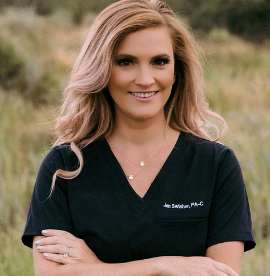Dive In: Deciding on Suture Material for Deep Layer Closures
Selecting the ideal suture material for deeper layers involves careful consideration since specific materials offer varying absorption rates, making them suitable for different wound depths. When speaking with Dr. Christina Shenvi on an episode of ERcast, Dr. Cohen recommended the following suture material options for closing the deeper layers of the skin (buried):
Read more
